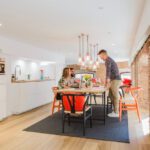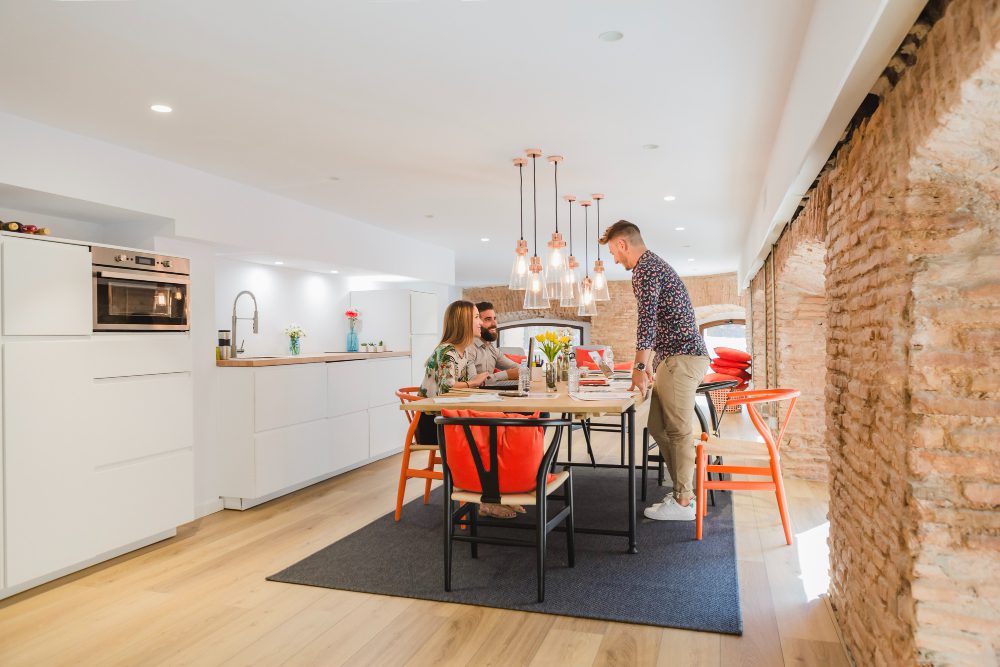How to Design a Multi-Purpose Living Room That Actually Works
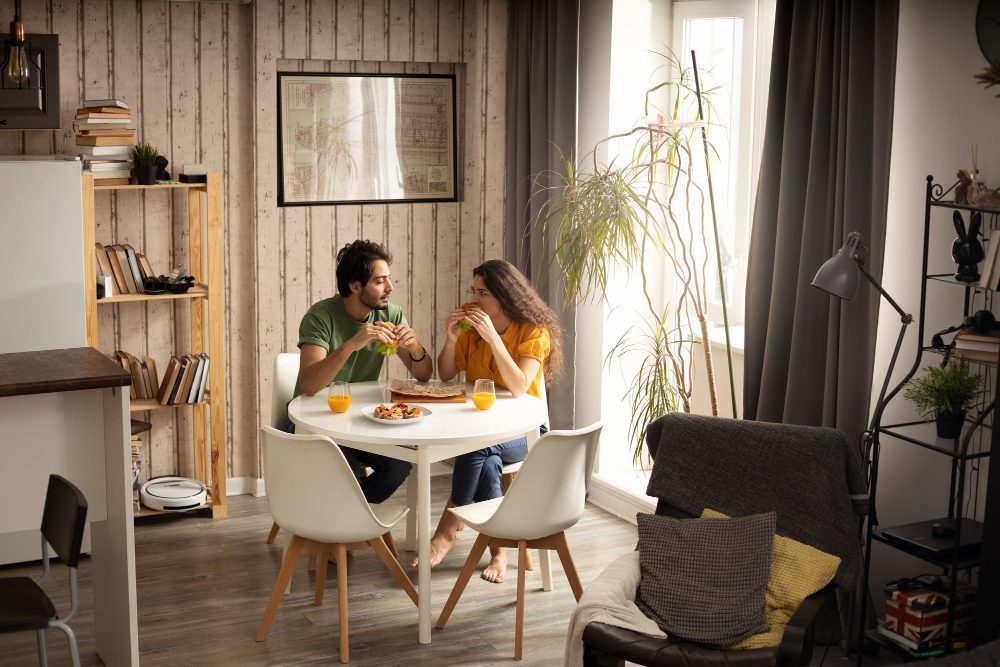
Understanding the Modern Multi-Purpose Living Room
When homeowners search for an “interior designer near me,” they’re often looking for solutions to space challenges that require creative, functional design approaches. At Mdeepa Architects, we’ve mastered the art of creating living spaces that work harder while looking effortlessly elegant.
Essential Principles for Multi-Purpose Living Room
Design
1. Zone Creation Through Strategic Layout
The foundation of any successful multi-purpose living room begins with intelligent zoning.
Rather than viewing your living room as one large space, consider it as multiple
micro-environments that can coexist harmoniously.
Define Primary Zones:
● Conversation and entertainment area
● Work or study space
● Reading or relaxation corner
● Play area (for families with children)
Use furniture placement, area rugs, and lighting to create visual boundaries between these
zones without physical barriers that might make the space feel cramped or compartmentalized.
Storage Ottomans: Perfect for extra seating, footrests, and hidden storage for throws, games, or work supplies.
Expandable Coffee Tables: These can transform from a compact daily-use table to a larger surface for dining, working, or entertaining.
Modular Seating: Sectional sofas that can be reconfigured, or individual pieces that can be moved and rearranged as needed.
Wall-Mounted Desks: These can fold away when not in use, maintaining the living room’s primary function while providing workspace when needed.
3. Smart Storage Integration
Clutter is the enemy of multi-purpose spaces. Effective storage solutions ensure that each
function of your living room can be quickly set up and put away.
Built-in Solutions:
● Floor-to-ceiling shelving that accommodates books, decor, and storage baskets
● Window seat storage benches
● Media console with ample hidden storage
Portable Storage:
● Stylish baskets and bins that can quickly contain and relocate items
● Rolling carts that can move between zones as needed
Technology Integration for Modern Living
Today’s multi-purpose living rooms must accommodate various technological needs. From video conferencing setups to entertainment systems, technology integration should be seamless and unobtrusive.
Lighting for Multiple Functions
Layered lighting is essential in multi-purpose spaces. Your lighting scheme should support different activities throughout the day:
Ambient Lighting: Provides overall illumination and sets the room’s mood
Task Lighting: Focused lighting for reading, working, or specific activities
Accent Lighting: Highlights architectural features and creates visual interest
Consider installing dimmer switches and smart lighting systems that allow you to adjust the
ambiance for different functions with ease.
Electrical Planning
Ensure adequate power outlets are strategically placed throughout the room. This prevents
unsightly extension cords and allows flexible placement of devices, lamps, and charging
stations.
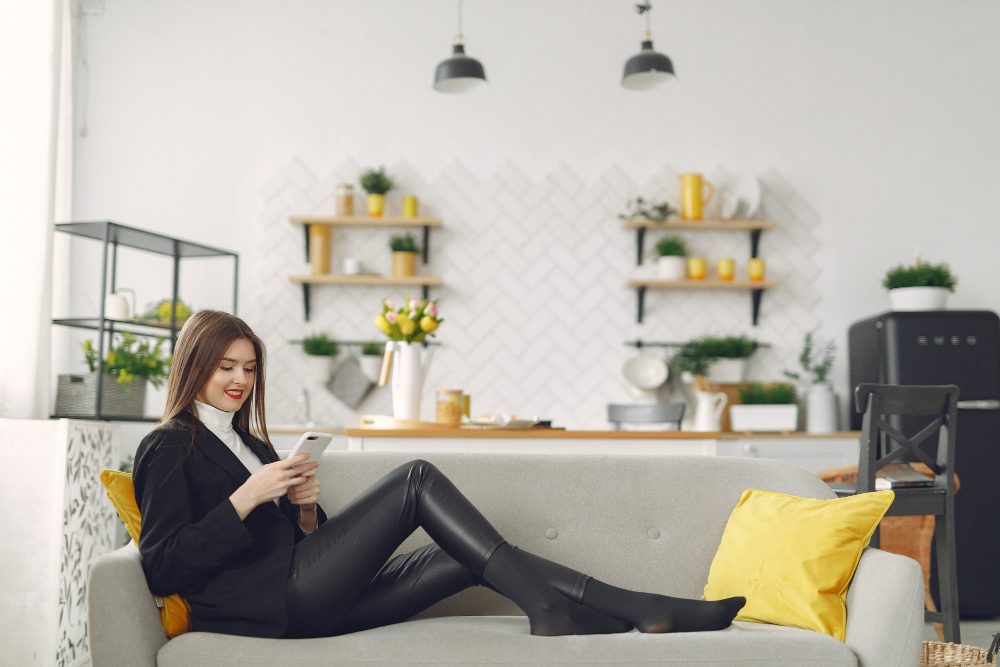
Color Schemes and Material Selection
When designing a multi-purpose living room, choose a cohesive color palette that works across
all intended functions. Neutral base colors provide flexibility, while accent colors can be changed
seasonally or as needs evolve.
Material Considerations:
● Durable, easy-to-clean fabrics for high-use furniture
● Scratch-resistant surfaces for work areas
● Soft textures in relaxation zones
● Sound-absorbing materials to minimize noise transfer between zones
Design Solutions for Common Challenges
Small Space Multi-Purpose Design
Even compact living rooms can be highly functional with the right design approach:
● Use vertical space effectively with tall, narrow furniture
● Choose furniture with legs to create a sense of openness
● Implement fold-away solutions for work surfaces
● Use mirrors strategically to expand visual space
Open Floor Plan Integration
In open floor plans, the living room often flows into dining and kitchen areas. Creating subtle
transitions while maintaining multi-purpose functionality requires:
● Consistent flooring that unifies the space
● Coordinated but distinct lighting zones
● Furniture arrangement that defines the living area without blocking flow
● Strategic use of area rugs to anchor different zones
The Professional Advantage: Why Expert Design Matters
While many homeowners attempt DIY solutions for their multi-purpose living rooms, professional
interior design brings invaluable expertise to the project. An experienced interior designer
understands how to:
● Assess your specific lifestyle needs and translate them into functional design
● Source quality, adaptable furniture within your budget
● Navigate building codes and electrical requirements
● Create cohesive design that doesn’t sacrifice style for function
● Anticipate future needs and plan for adaptability
At Mdeepa Architects, our approach combines architectural understanding with interior design
expertise, ensuring that structural elements support your multi-purpose living goals.
Sustainable and Future-Forward Design
Modern multi-purpose living room design should also consider sustainability and future
adaptability. This means:
Sustainable Material Choices:
● Locally sourced materials when possible
● Low-VOC paints and finishes
● Energy-efficient lighting and appliances
● Durable materials that won’t need frequent replacement
Future-Proofing:
● Flexible electrical planning for evolving technology needs
● Furniture choices that can adapt to changing family dynamics
● Timeless design elements that won’t quickly become outdated
Implementation: From Concept to Completion
Successfully implementing a multi-purpose living room design requires careful project
management:
Phase 1: Assessment and Planning
● Lifestyle analysis and needs assessment
● Space measurement and architectural evaluation
● Budget establishment and timeline creation
Phase 2: Design Development
● Furniture selection and space planning
● Material and color specification
● Lighting and electrical planning
Phase 3: Implementation
● Contractor coordination and project management
● Furniture procurement and installation
● Styling and final adjustments
Measuring Success: How to Know Your Design Works
A truly successful multi-purpose living room should feel effortless to use and maintain. Key
indicators of design success include:
● Quick and easy transitions between different functions
● Adequate storage for all intended uses
● Comfortable environments for each activity
● Aesthetic appeal that enhances your home’s overall design
● Practical maintenance and cleaning routines
Finding the Right Design Partner
When searching for an “interior designer near me,” look for professionals who demonstrate:
● Experience with multi-purpose space design
● Understanding of both aesthetics and functionality
● Portfolio showcasing adaptable living spaces
● Clear communication and project management skills
● Ability to work within your budget and timeline
Conclusion: Creating Your Perfect Multi-Purpose Living
Room
Related Posts

- admin
- September 27, 2025
Architect vs Contractor
Architect vs Contractor Why Thoughtful Design Saves You Time, Money, and Regret By Deepa Saxena ..
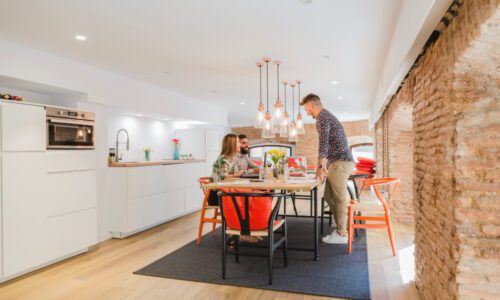
- admin
- September 20, 2025
Under-Utilized Spaces
Under-Utilized Spaces Making Every Corner Count in Your Home By Deepa Saxena, Principal Archite ..

